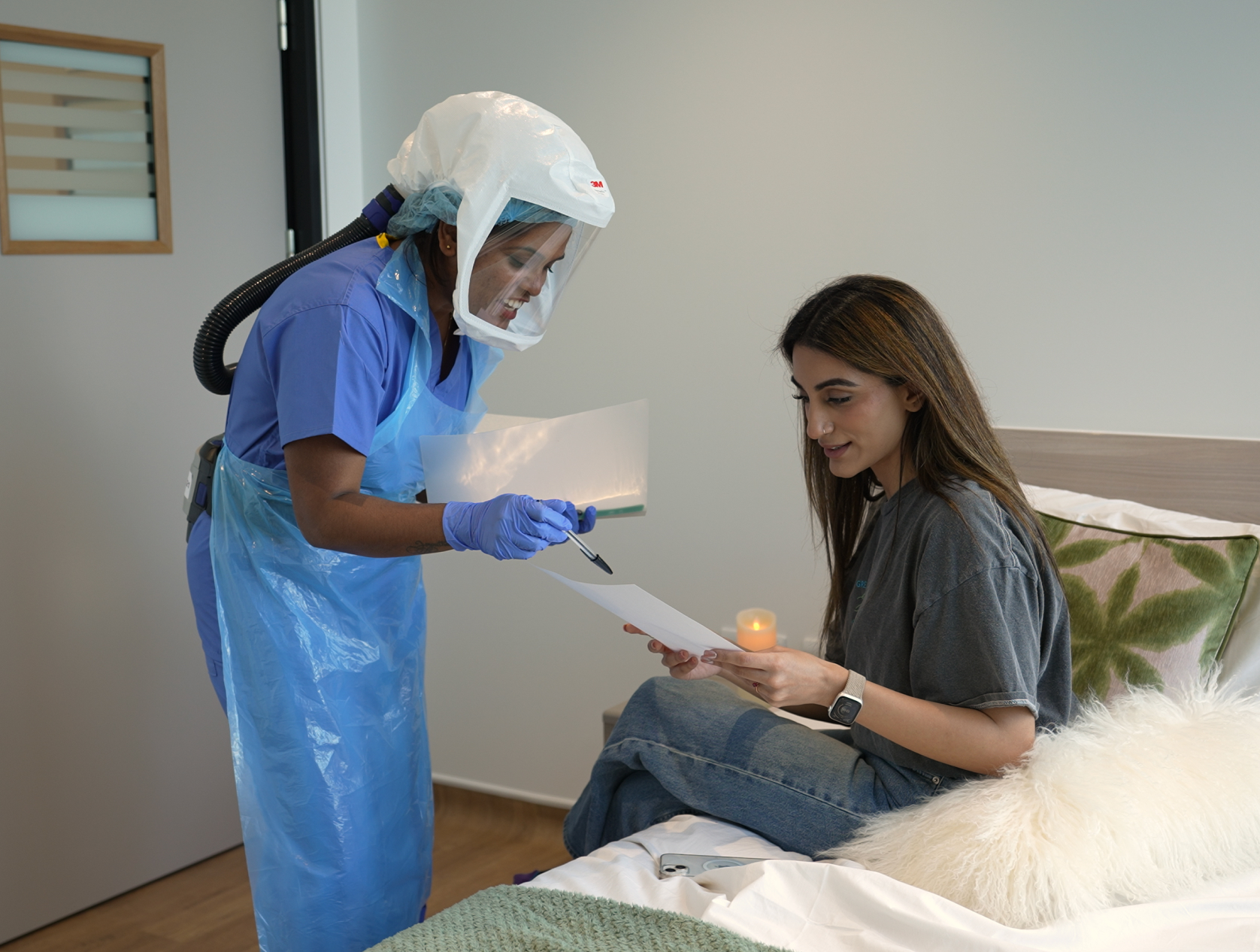Make a difference
We can’t do it without you.
We specialise in clinical trials focused on the common cold and flu.

Help cure viruses that disproportionately affect vulnerable populations.



*based on applicants between January 2022-September 2024




Our offices are open Monday to Friday, 9am – 5pm and our telephone team are available Monday to Friday, 8am – 7pm. If you are interested in volunteering in one of our clinical trials or require further information, please call us on 0207 756 1414. Alternatively, you can email us at [email protected].
Taking part in a clinical trial can offer many benefits, and we know our volunteers sign up for various reasons. Our testimonials show just some of the motivations for people to sign up. Whether studying, working, or taking a break from both, FluCamp gives volunteers the benefit of being cared for in every regard whilst having plenty of ‘me-time’. FluCampers also choose to stay with us because they like to use the compensation reward towards travelling, a house move, or just for a financial boost.
We run clinical trials because we are dedicated to finding a cure for viruses like the flu. We welcome all fit and healthy volunteers, and appreciate what they are doing to aid our work towards finding a cure!
You can take part multiple times! You can do a trial with us every 3 months*. If you’ve taken part previously, and completed quarantine over three months ago you can re-apply via email at [email protected]. *Please note this is dependent on trial availability and participant eligibility.
We take great care in matching volunteers to an appropriate study. Once you’ve been invited to join FluCamp we’ll give you a detailed explanation of the trial we’ve allocated you to and then it’s up to you to decide whether to take part. Your choice does not impact on whether you would be eligible to take part in any future studies. FluCamp has a very strict health screening process to ensure that we only accept the lowest risk volunteers. As part of our volunteering process, we will check your medical history, and do some current blood, urine and ECG tests to establish your suitability. This allows us to make sure we are only recruiting volunteers who are healthy.
You can register with us at anytime! Before booking your first screening appointment we would recommend that you have good availabillity three months following this as this tends to be when the trial will take place. We know there may be some times in the year when volunteers have other commitments that may clash with FluCamp dates. If you can give us as much notice as possible, we’ll try our best to schedule visits and studies for times that you are available.
"*" indicates required fields